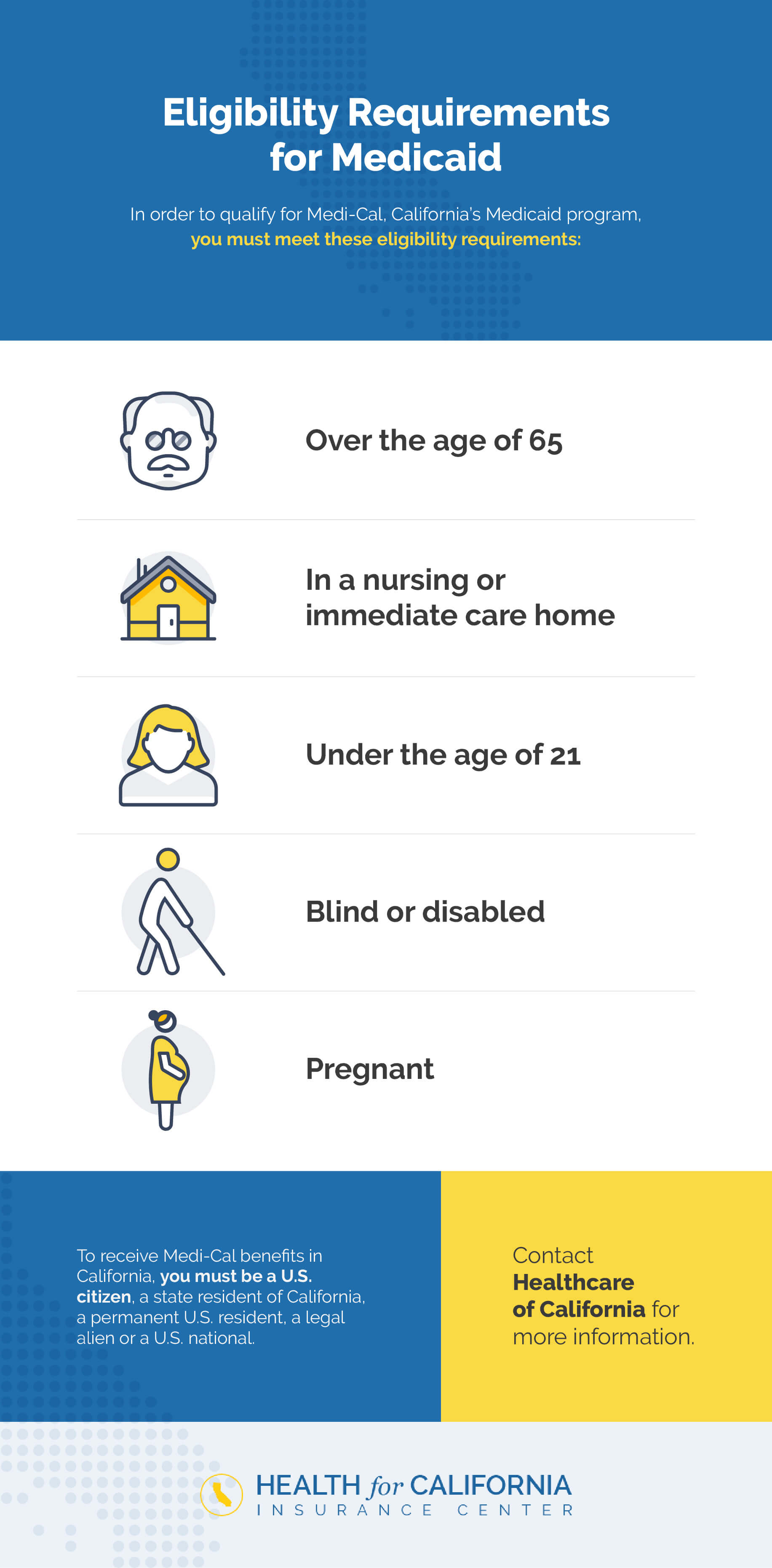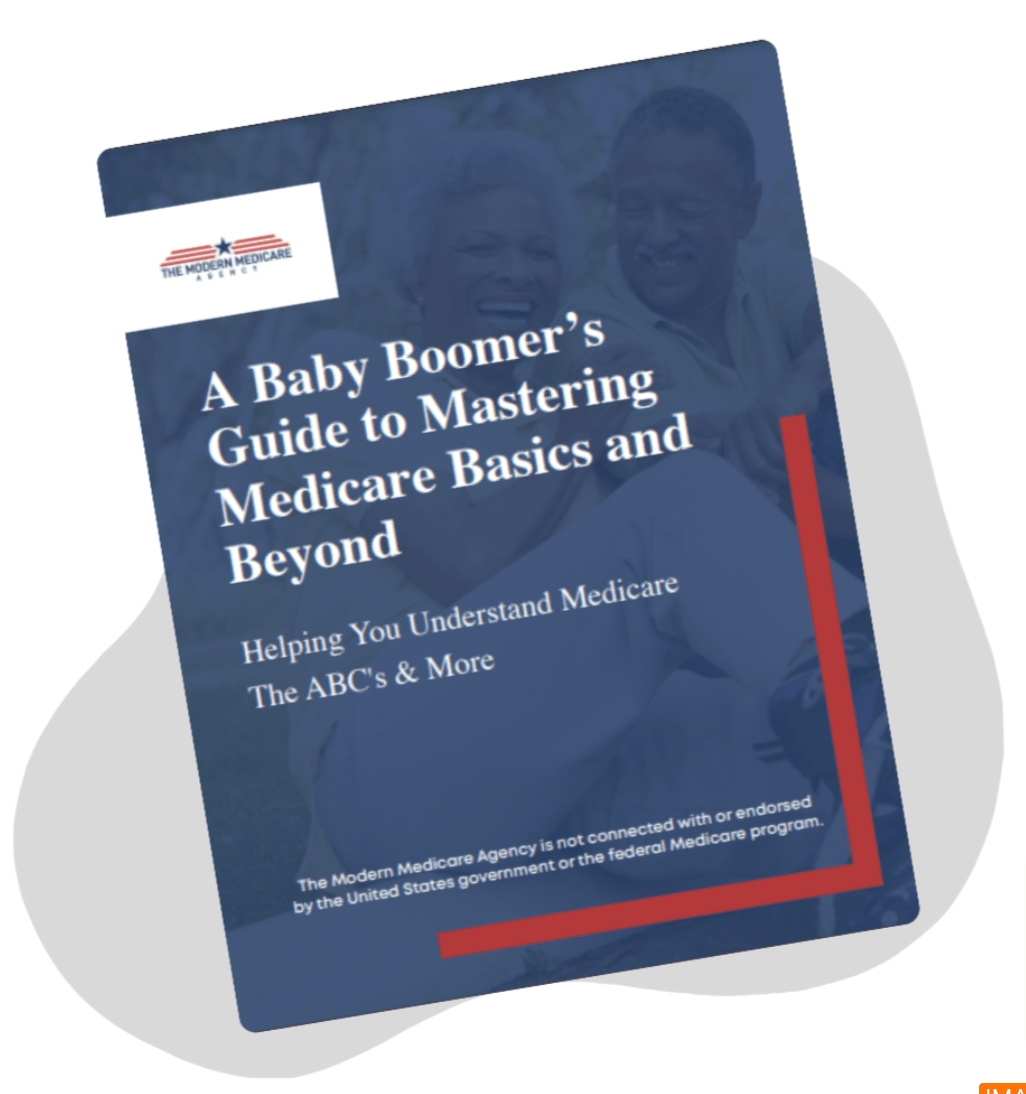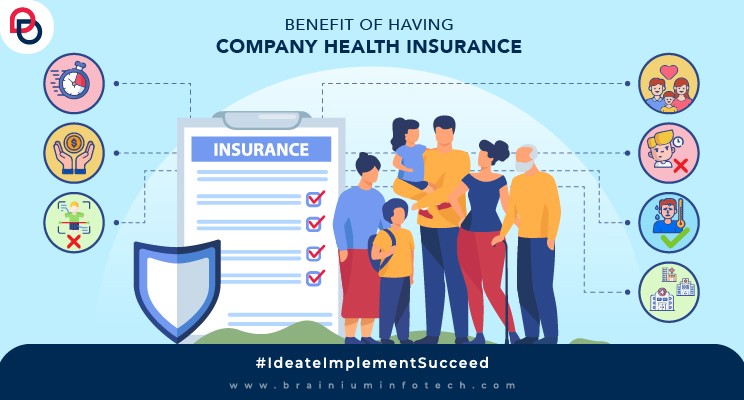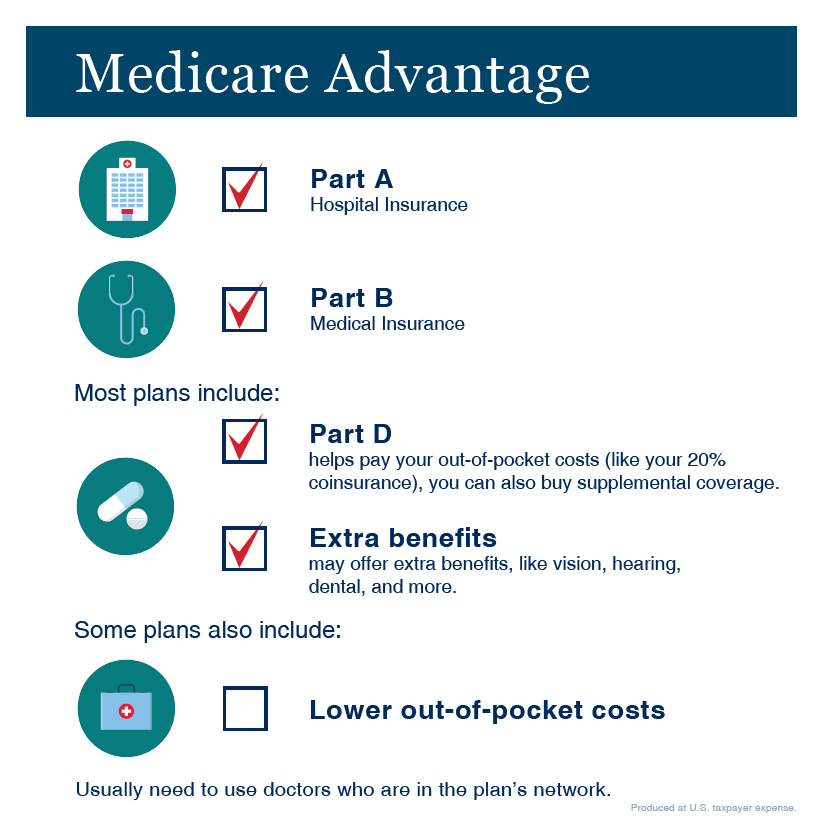Medicare Advantage Agent for Beginners
Medicare Advantage Agent for Beginners
Blog Article
Not known Incorrect Statements About Medicare Advantage Agent
Table of ContentsThe 10-Minute Rule for Medicare Advantage AgentThe Basic Principles Of Medicare Advantage Agent Some Known Details About Medicare Advantage Agent


follows from adheres to the perplexing young reasonably profile of the uninsured with without insurance better health, on average, standard younger personsMore youthful For those without access to office health and wellness insurance coverage, inadequate health and wellness is a prospective barrier to acquiring nongroup insurance coverage because such protection may be extremely valued, omit pre-existing problems, or be merely inaccessible. Unless otherwise noted, national quotes of individuals without wellness insurance coverage and proportions of the population with various kinds of coverage are based on the CPS, the most commonly used resource of price quotes of insurance policy protection and uninsurance rates.

Medicare Advantage Agent Can Be Fun For Everyone
The connection in between health insurance policy and access to care is well developed, as recorded later in this chapter. The connection between wellness insurance coverage and wellness results is neither direct neither straightforward, an extensive scientific and wellness services research study literature links health and wellness insurance protection
to improved access accessibility care, better far betterTop quality and improved personal individual population populace statusCondition The 2nd report, on individual health results for without insurance adults, is represented by the innermost circle of the number, while the 3rd report, on family members wellness, includes the subjects of the second record but emphasizes a different device of analysis, particularly, the family.
It concentrates especially on those without any type of health and wellness insurance for any type of size of time. The troubles faced by the underinsured are in some aspects comparable to those dealt with by the uninsured, although they are typically less severe. Uninsurance and underinsurance, however, involve definitely different plan issues, and the approaches for addressing them may vary. Throughout this research and the 5 records to follow, the main emphasis is on persons with no medical insurance and therefore no help in paying for wellness care beyond what is available through charity and safety and security web establishments. Medical insurance is a powerful element influencing receipt of treatment due to the fact that both individuals and doctors reply to the out-of-pocket rate of services. Health insurance policy, nonetheless, is neither essential nor enough to access to clinical solutions. However, the independent and straight impact of health
insurance protection on accessibility to wellness solutions is well developed. Others will certainly acquire the wellness treatment they require even without medical insurance, by spending for it out of pocket or seeking it from companies who supply care totally free or at extremely subsidized prices. For still others, health insurance policy alone does not guarantee receipt of care due to the fact that of various other nonfinancial obstacles, such as a lack of healthcare providers in their area, restricted accessibility to transportation, illiteracy, or etymological and cultural distinctions. Formal study about without insurance populations in the United States dates to the late 1920s and very early 1930s when the Committee on the Price of Healthcare generated a series of records concerning funding physician workplace visits and hospitalizations. This concern ended up being salient as the numbers of medically indigent climbed up throughout the Great Depression. Empirical research studies continually sustain the original source the link between access to care and improved health and wellness outcomes(Bindman et al., 1995; Starfield, 1995 ). Having a regular resource of care can be taken into consideration a forecaster of gain access to, instead of a straight action of it, when health end results are themselves made use of as gain access to indicators. This extension of the notion of access measurement was made by the IOM Committee on Keeping An Eye On Accessibility to Personal Healthcare Solutions(Millman, 1993, p. Whether or not parents are guaranteed shows up to impact whether or not their kids get treatment along with how much careeven if the kids themselves have insurance coverage(Hanson, 1998). The health and wellness of parents can impact their capability to take care of their kids and the level of family members tension. Fretting about their children's accessibility to care is more itself a resource of anxiety for moms and dads. Three chapters adhere to in this report. Chapter 2 provides a summary of exactly how employment-based health and wellness insurance coverage, public programs and specific insurance plan operate and communicate to supply extensive however insufficient coverage of the U.S. population. This consists of a review of historical trends and public plans influencing both public and private insurance policy, a conversation of the communications among the different sorts of insurance coverage, and an evaluation of why people relocate from one program to one more or end up

Report this page